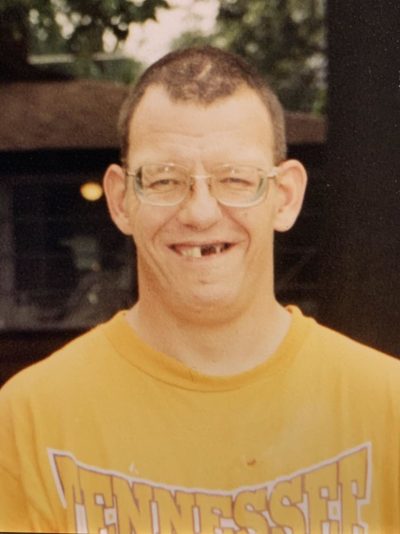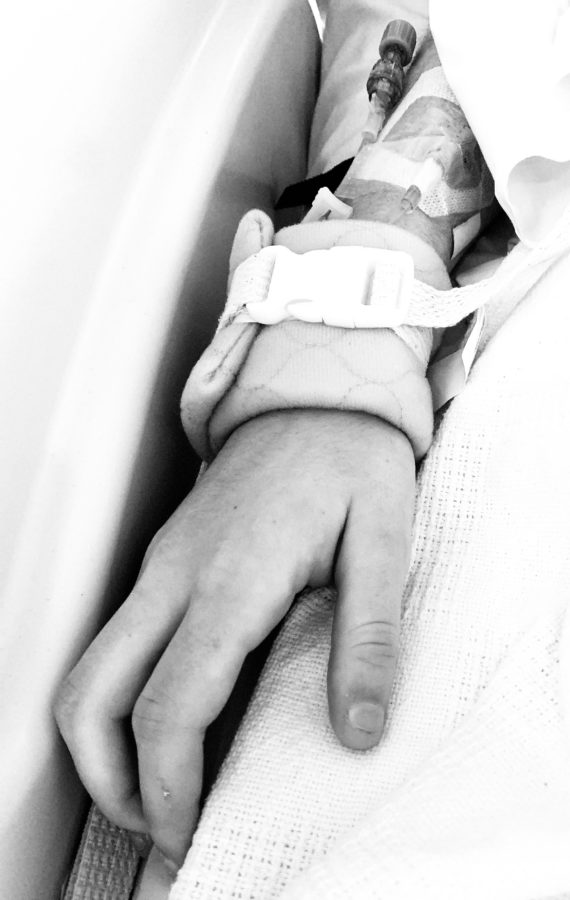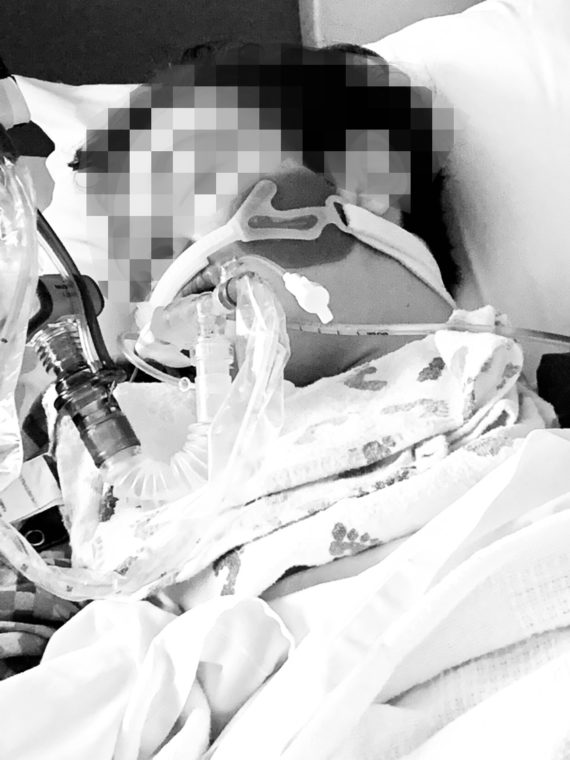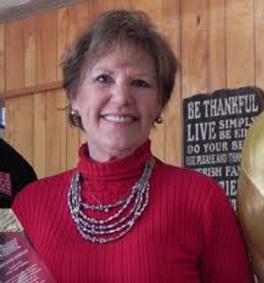(1-13-20) The death of a 56 year-old homeless man, who was crushed to death, has outraged Brandan Thomas, director of a rescue mission in Winchester, Virginia. I recently posted a blog about a 12 day motorcycle ride that Thomas made to call attention to the plight of homeless Americans. Thomas is director of The Winchester Rescue Mission, which has beds for 32 men and recently opened a second location with beds for 15 women. Some 300 individuals in the Winchester are homeless. Thomas recently said it can take six months for someone who walks into his shelter with a mental health issue to get an appointment with a doctor.
The death of Michael Kenneth Martin was especially troubling to Thomas because he had arranged for Martin to receive Rescue Mission services once he was released from jail, but Martin was freed without the Mission being notified. The rescue mission is an outgrowth of Canvas Church, which Thomas started in 2013 in a Winchester garage. It has since grown to 200-plus in attendance. He is an example of the power of single individual to foster change in a community.
Homeless man’s death prompts call for change
Reprinted from The Winchester Star newspaper.
“This man is dead because he was mentally ill and was seeking out the best form of housing he could because we did not help him,” an emotional Thomas said at the end of the three-and-a-half-minute video.

Michael Kenneth Martin
Photo provided by family
Michael Kenneth Martin, 56, was crushed to death on Jan. 1 while sleeping underneath a tractor-trailer in a Berryville Avenue parking lot. According to the Winchester Police Department, the driver, whose name was not released, got in the vehicle and pulled forward, not knowing that Martin was lying in front of the trailer’s rear tires.
Police reported that Martin smelled of alcohol and may have been intoxicated at the time of his death. Court records revealed that Martin had several previous convictions in Frederick County and Winchester general district courts for public swearing/intoxication and trespassing.
But the incident report and arrest logs only tell a small portion of Martin’s story.






